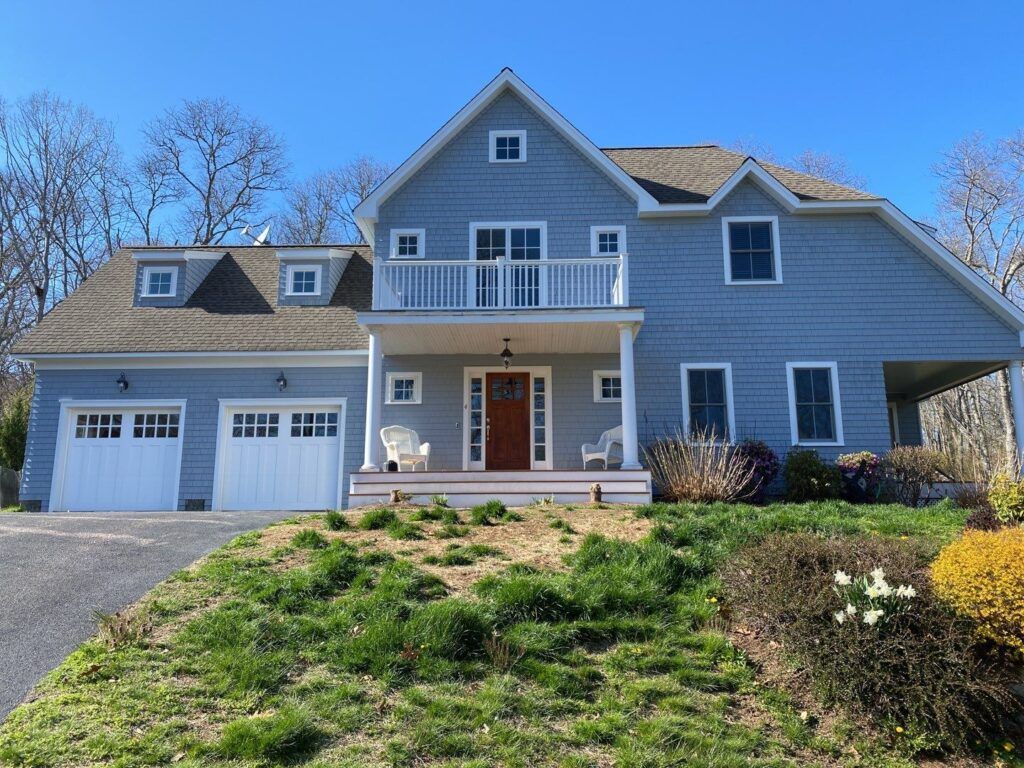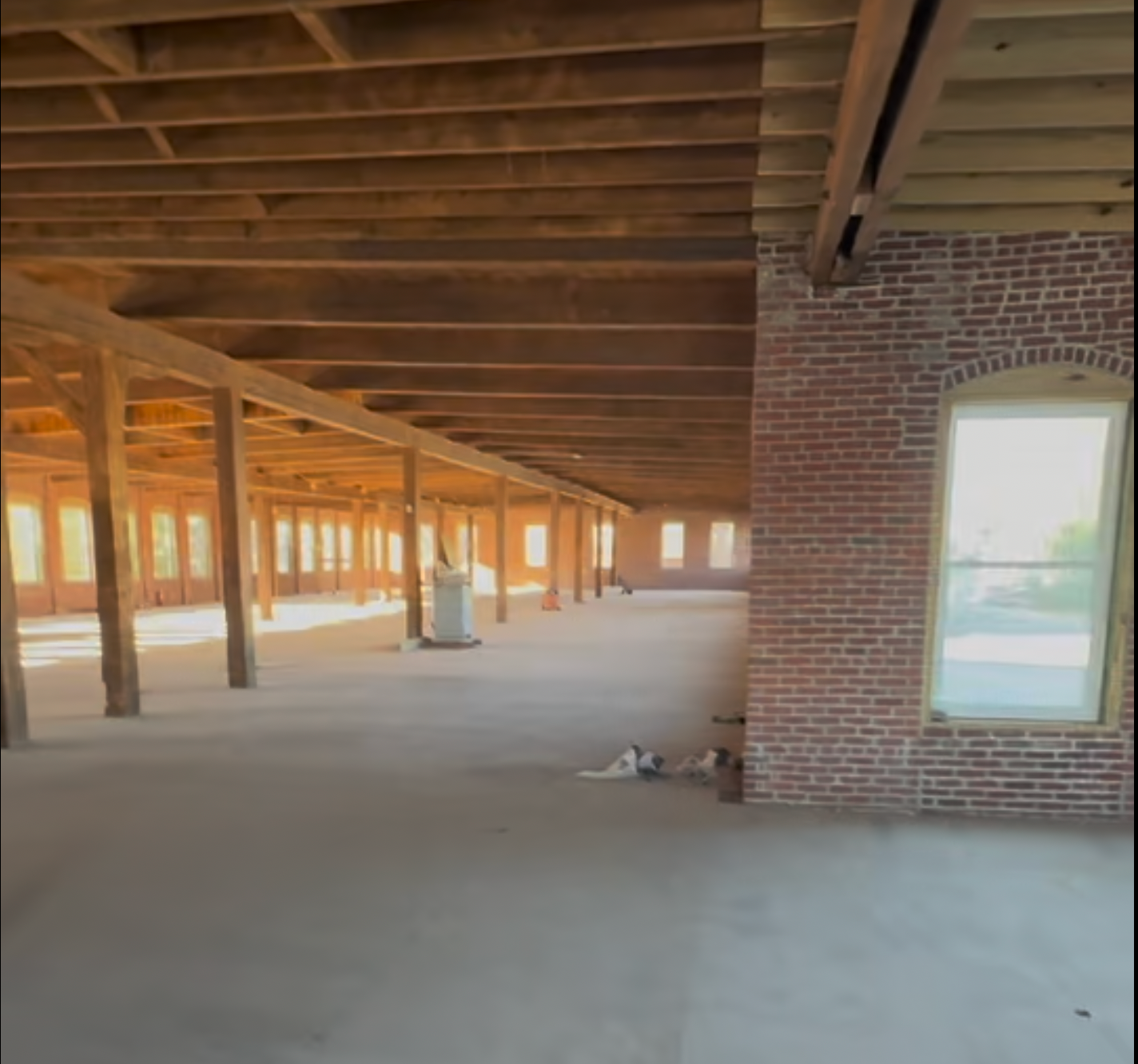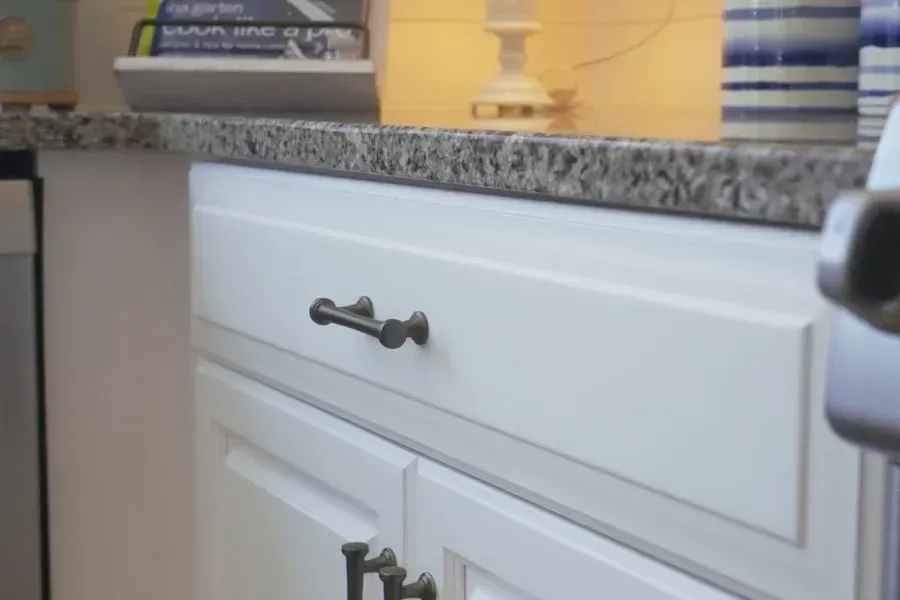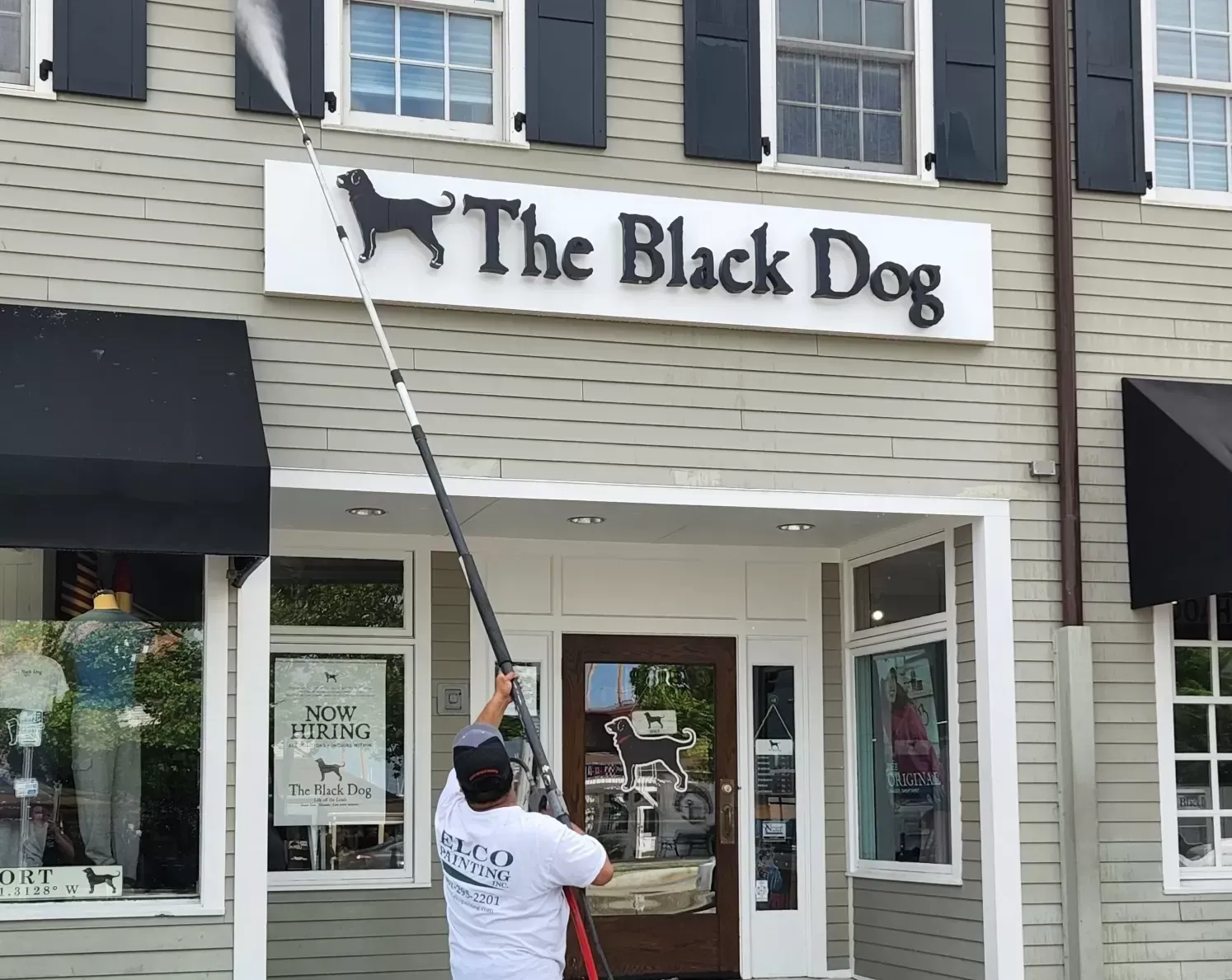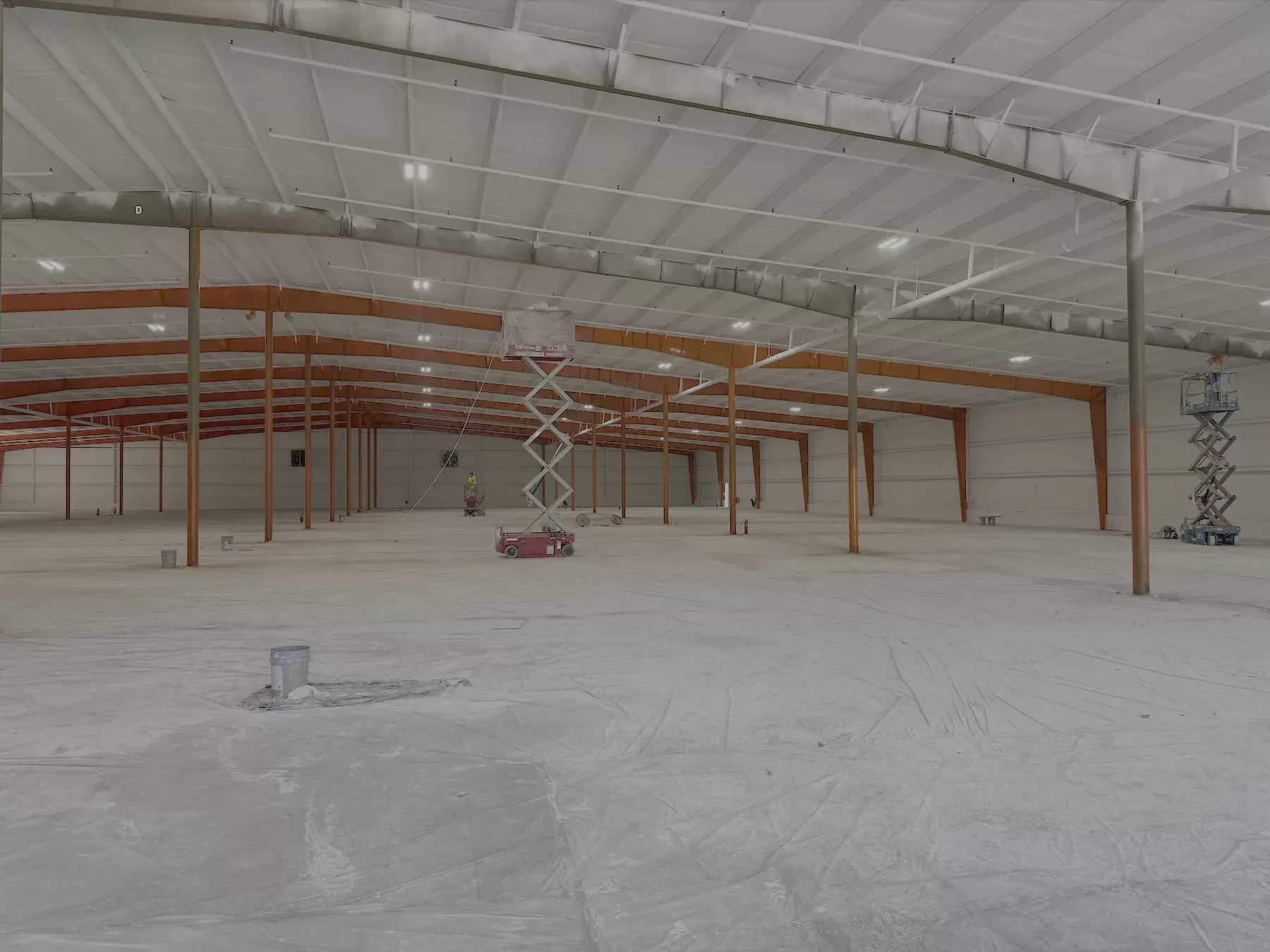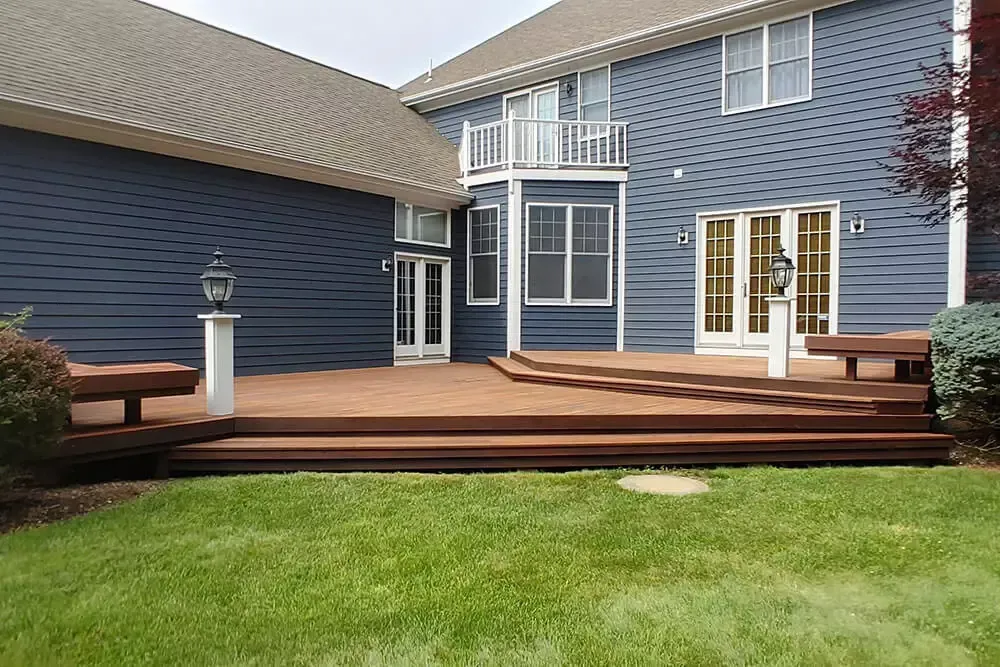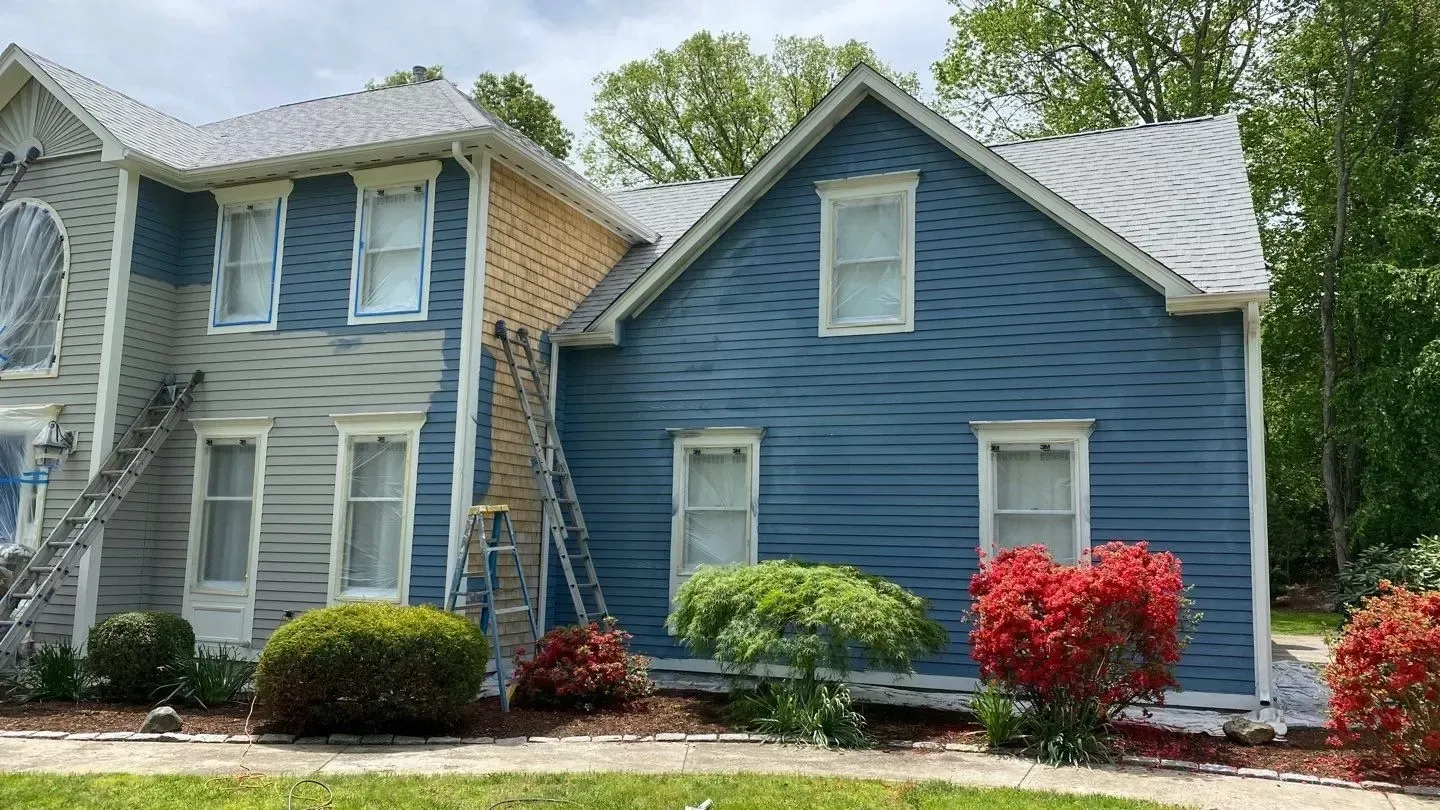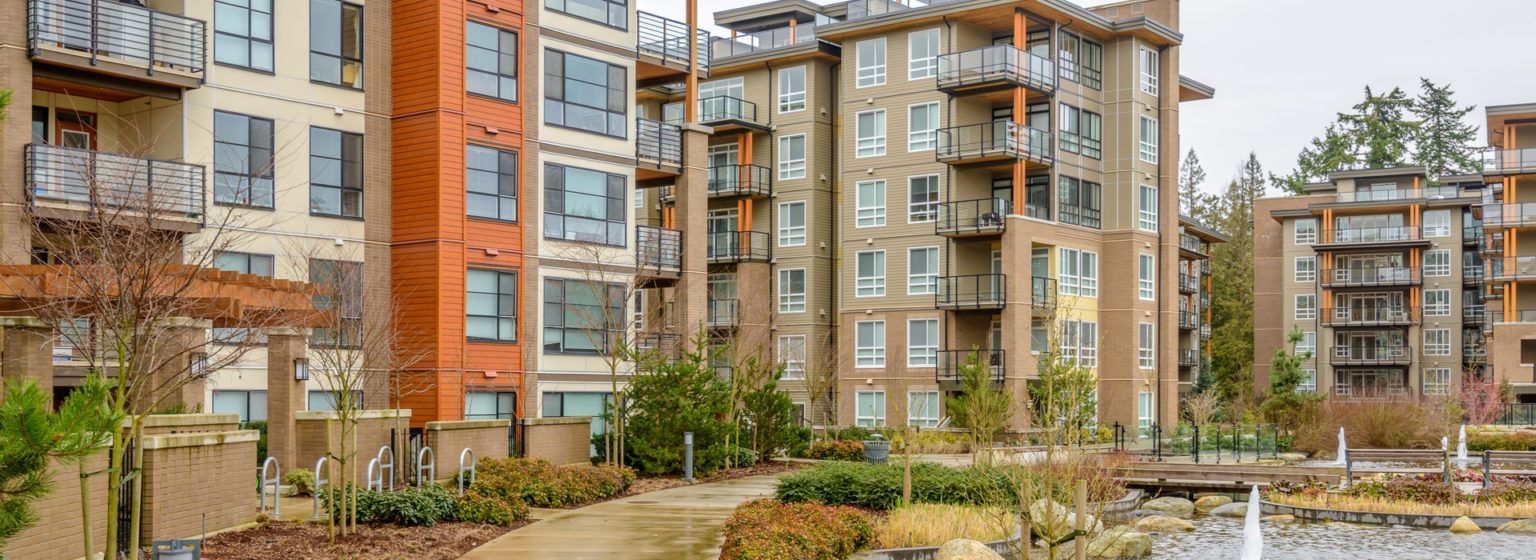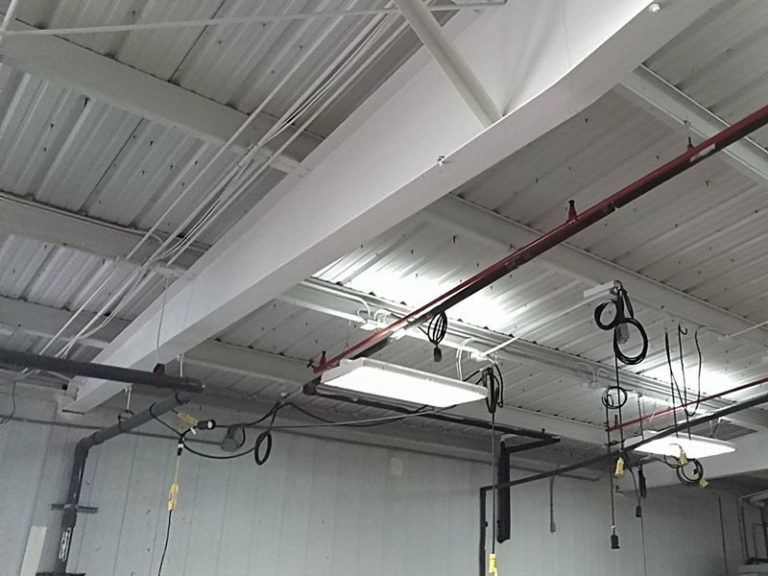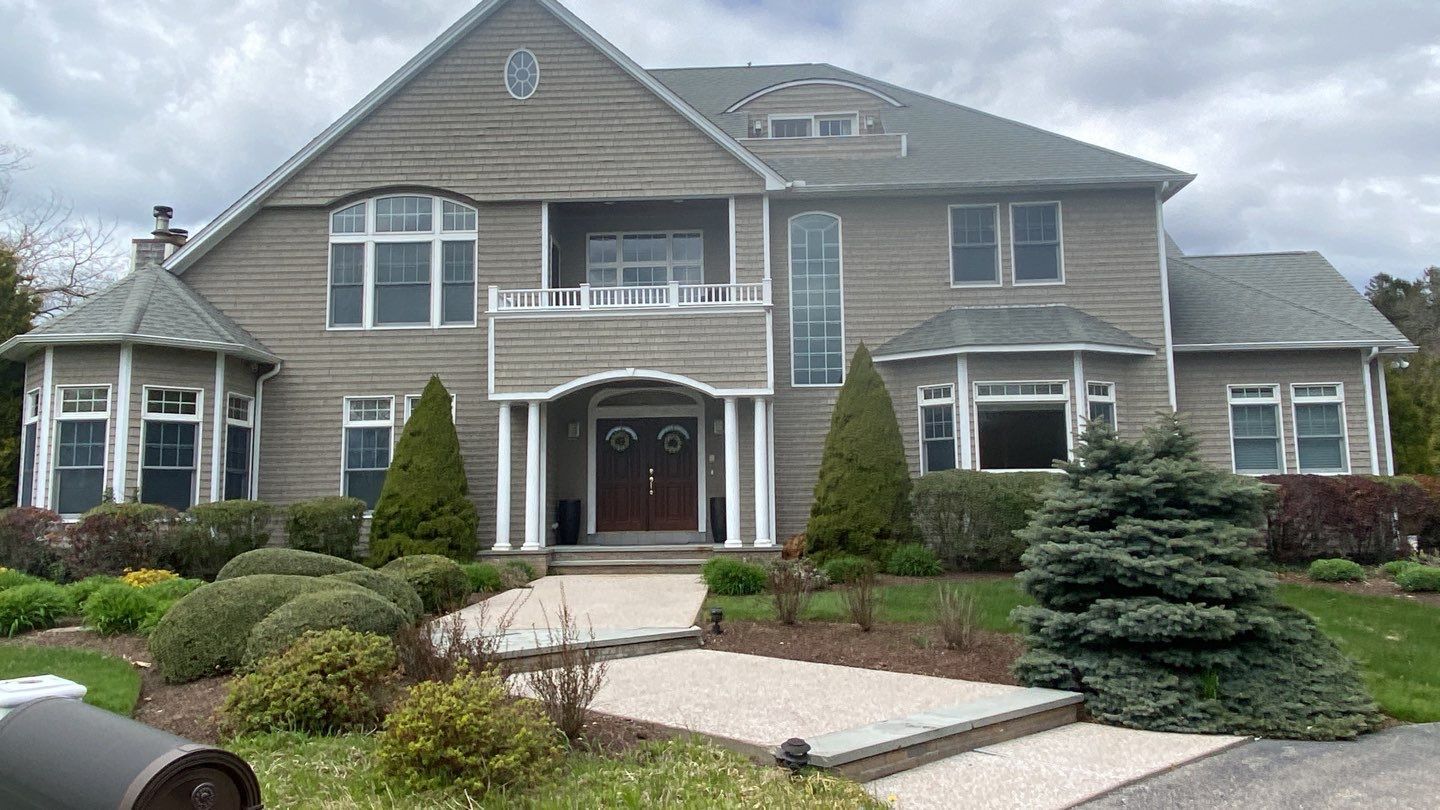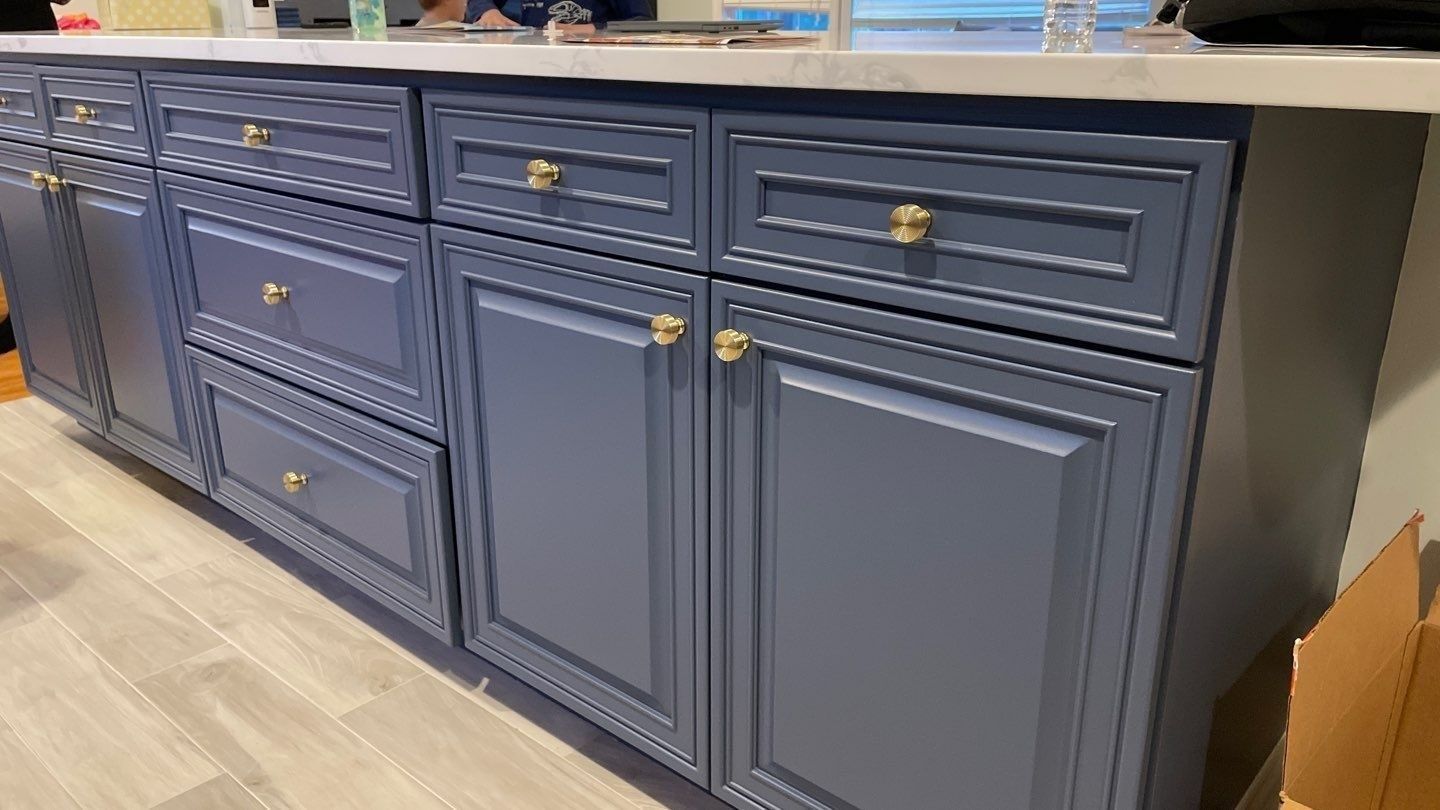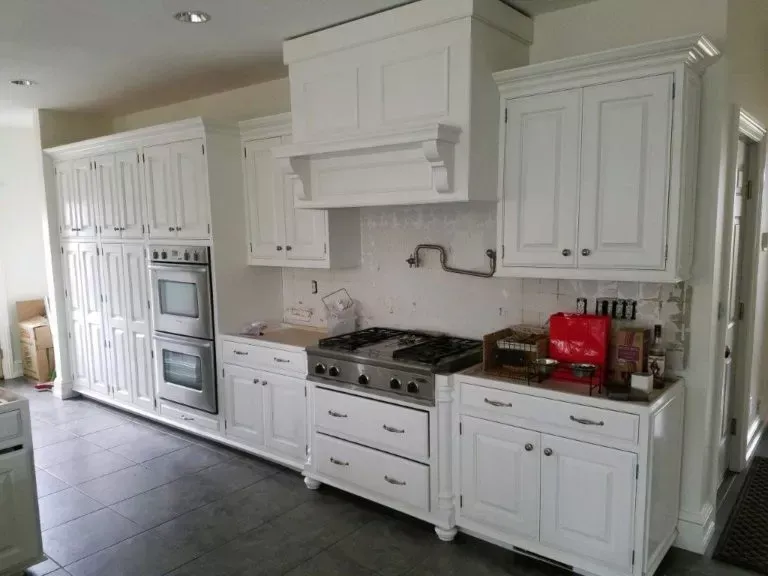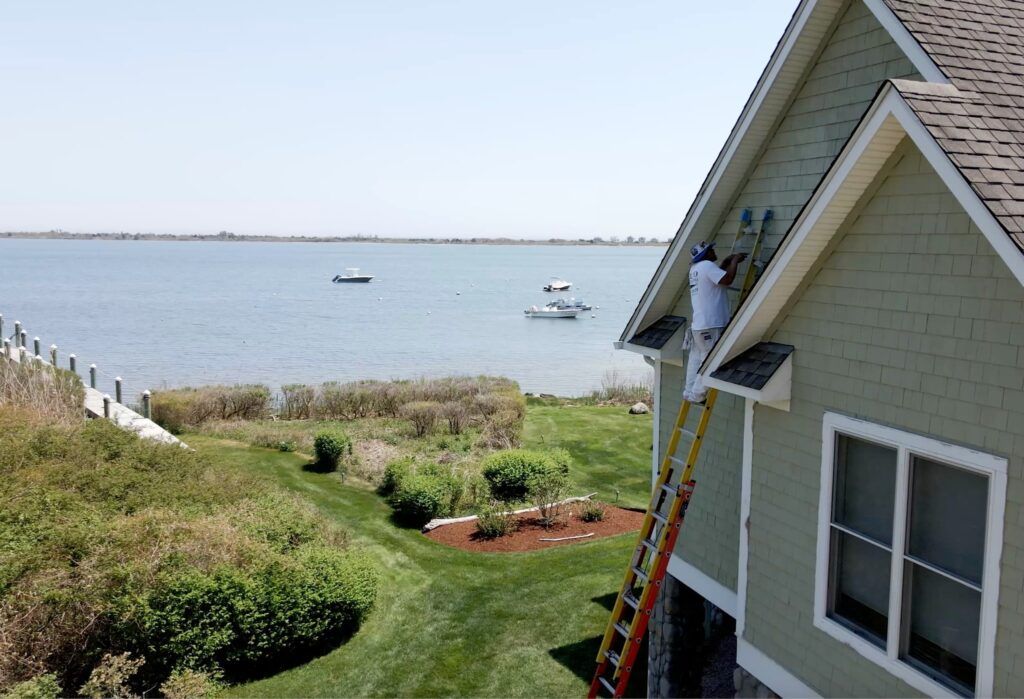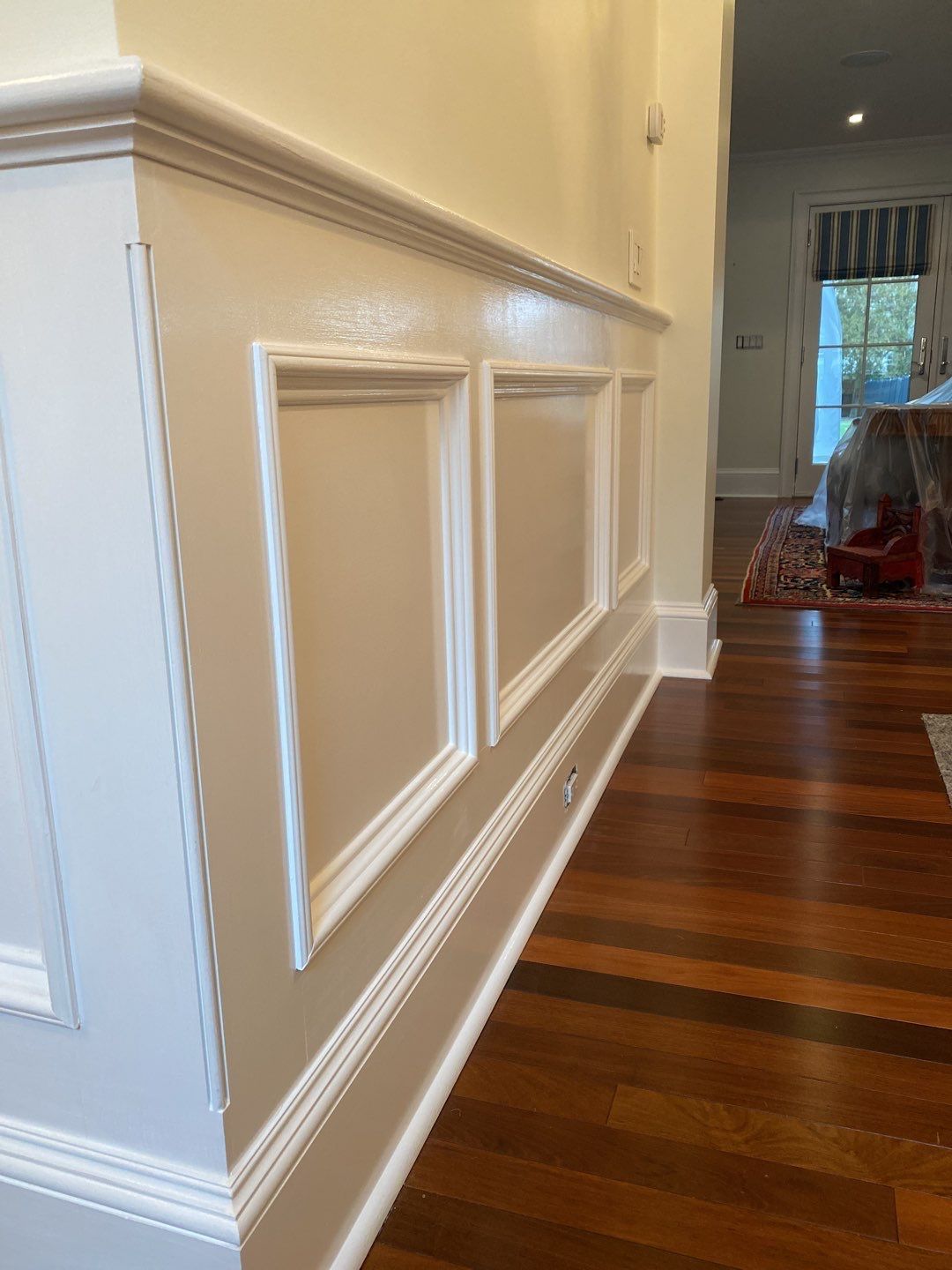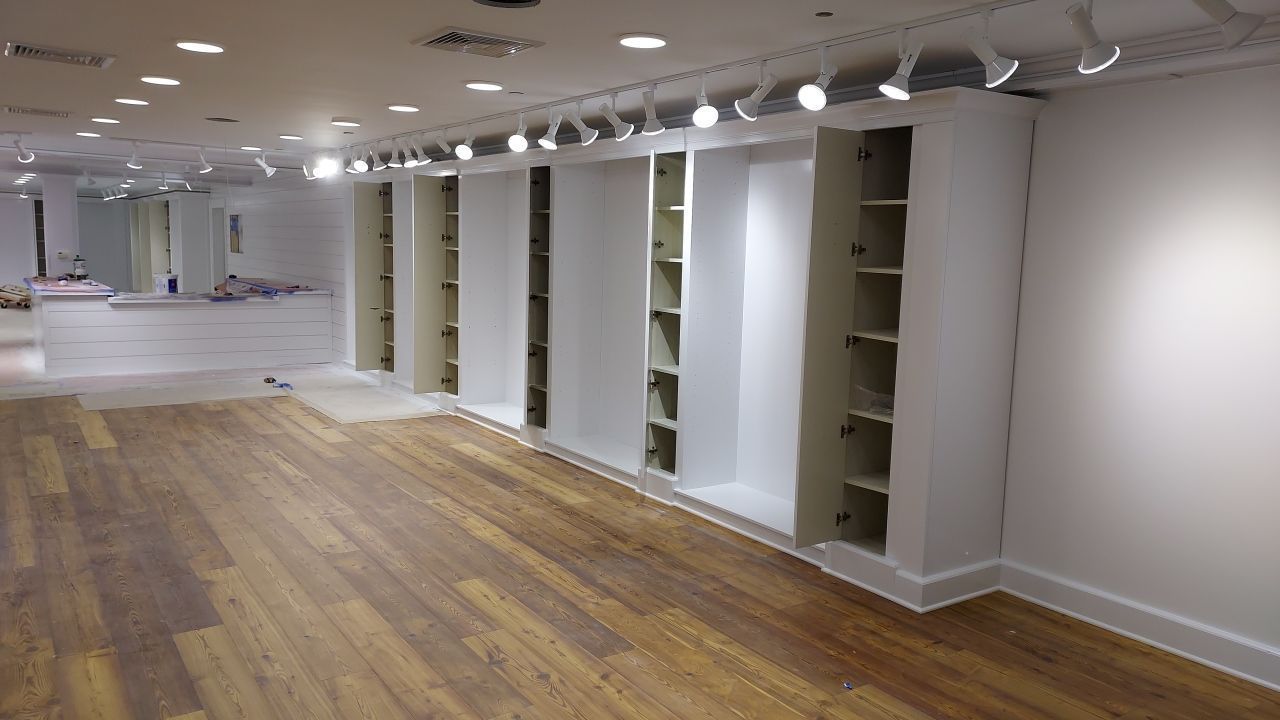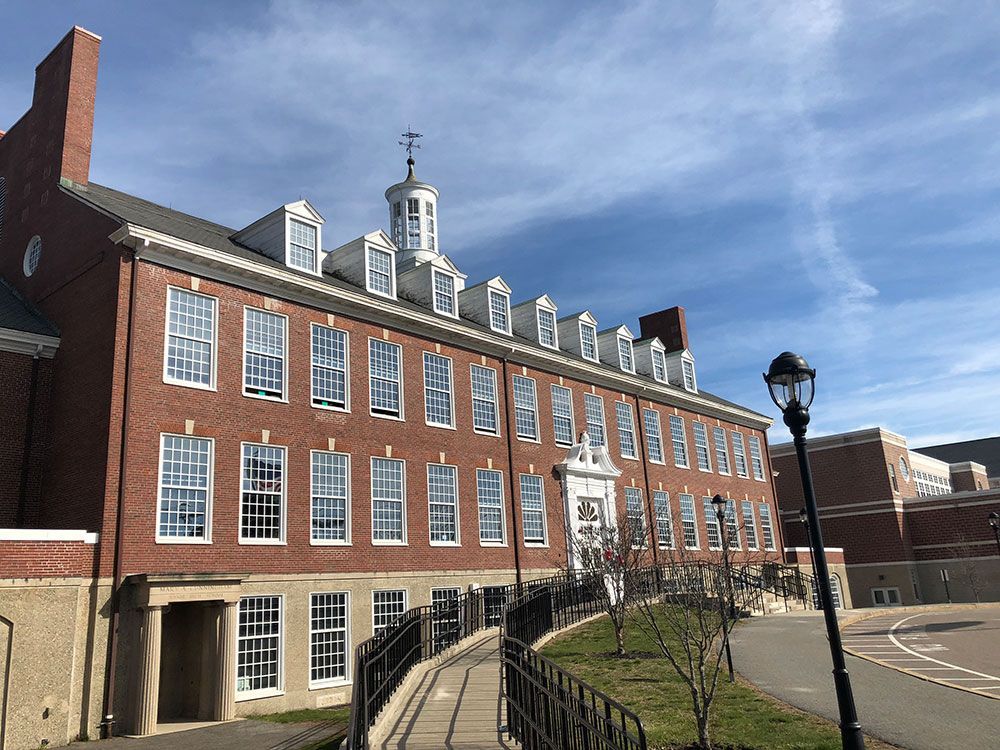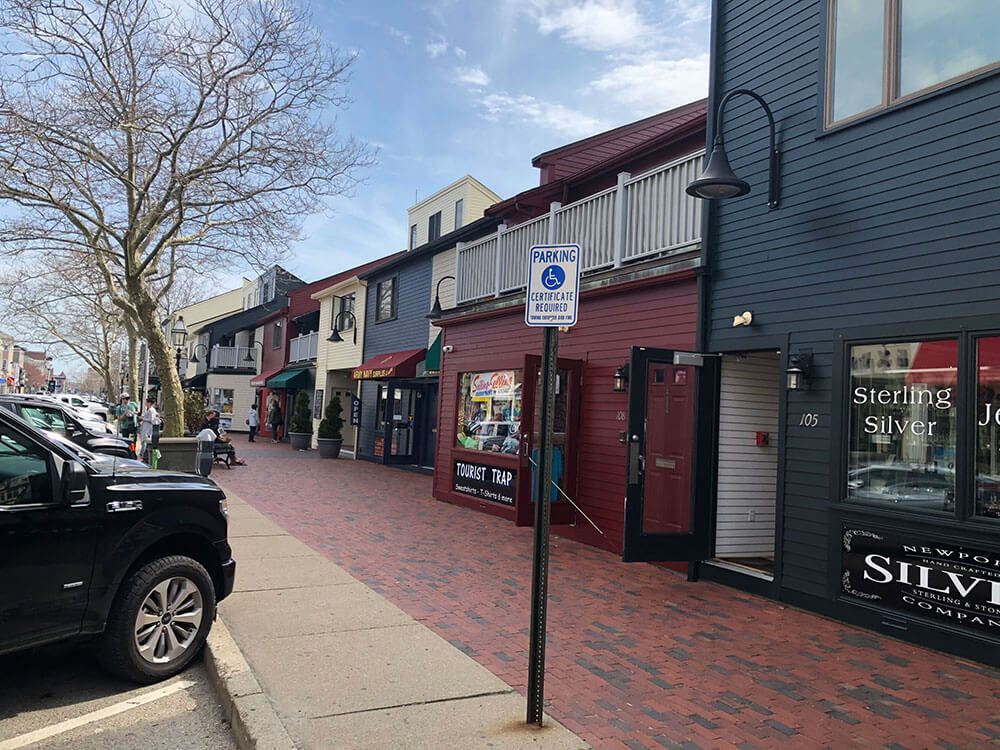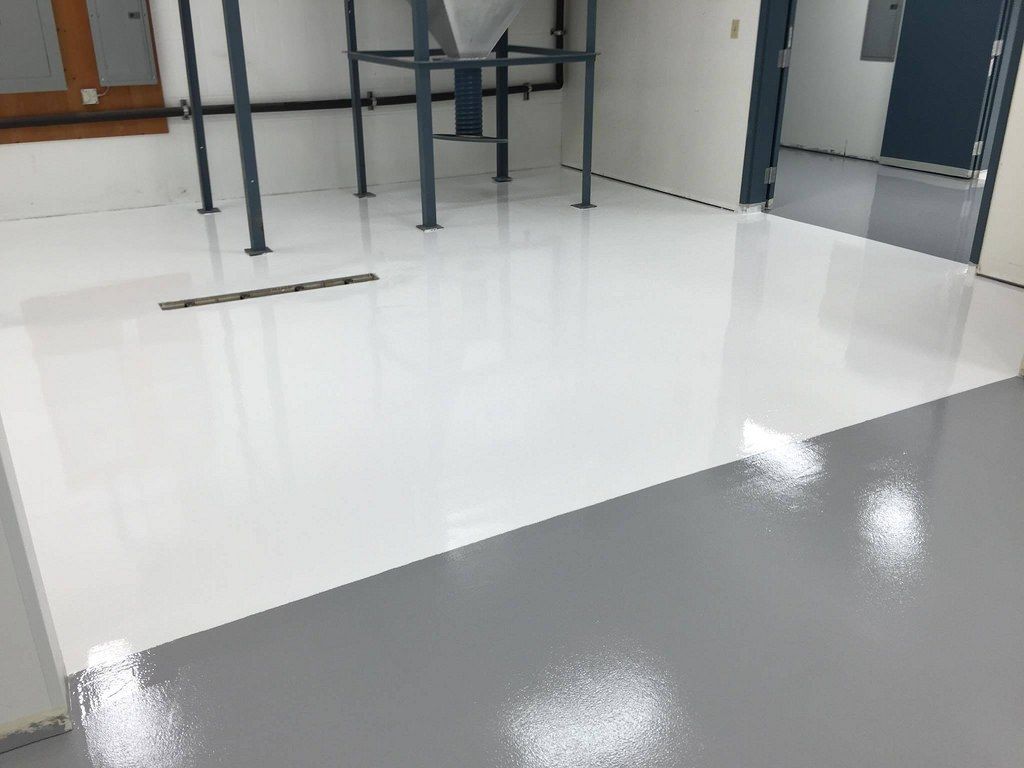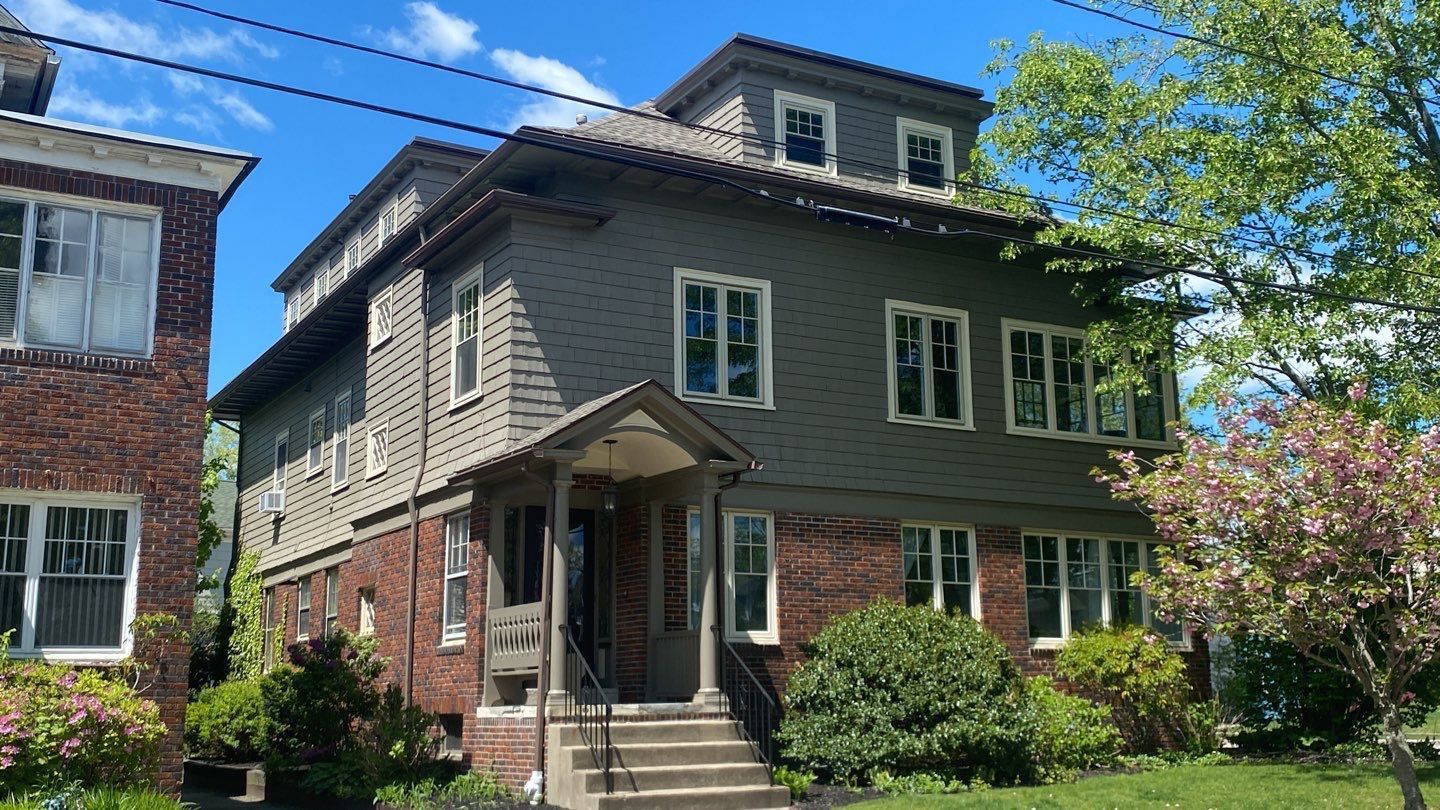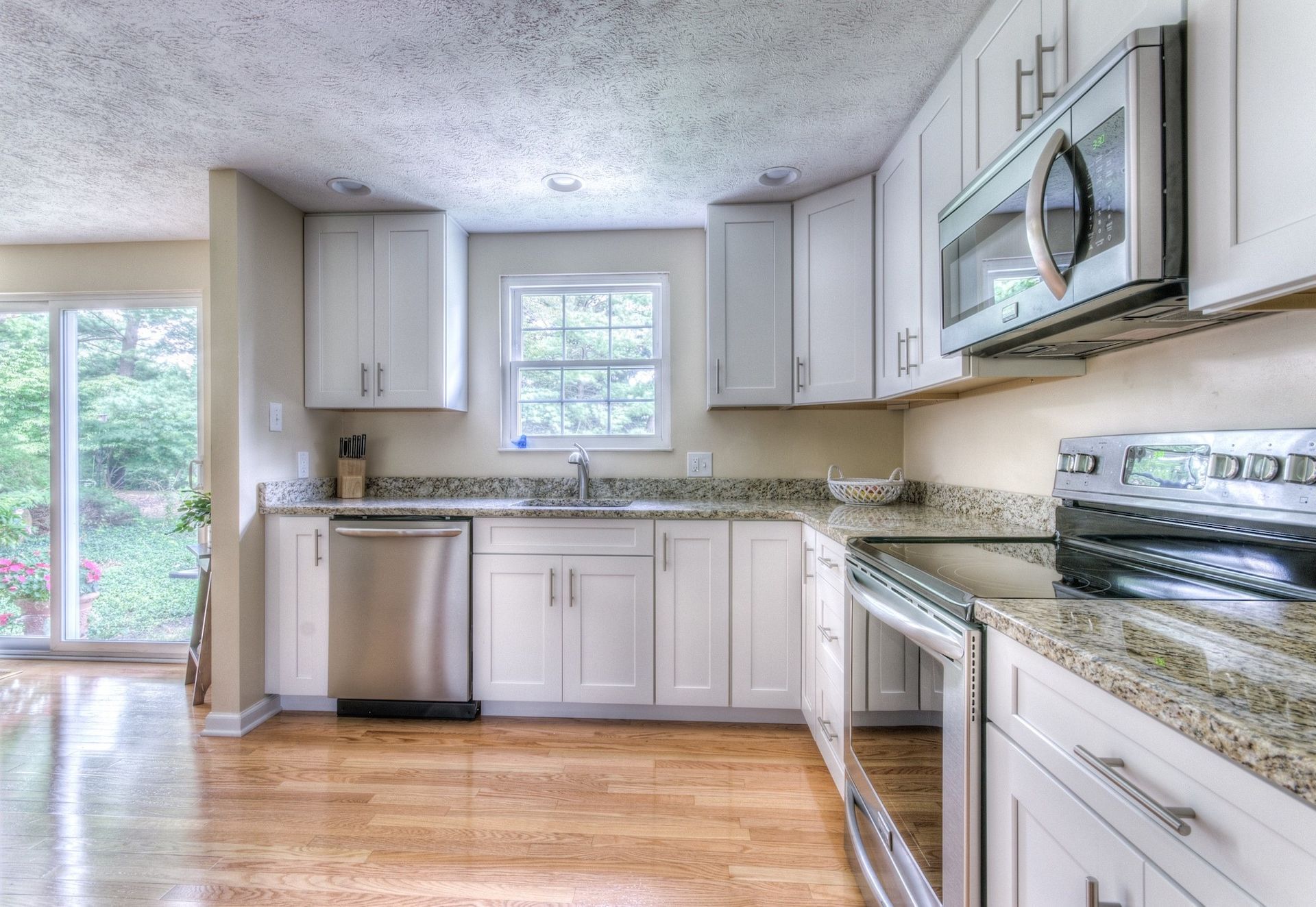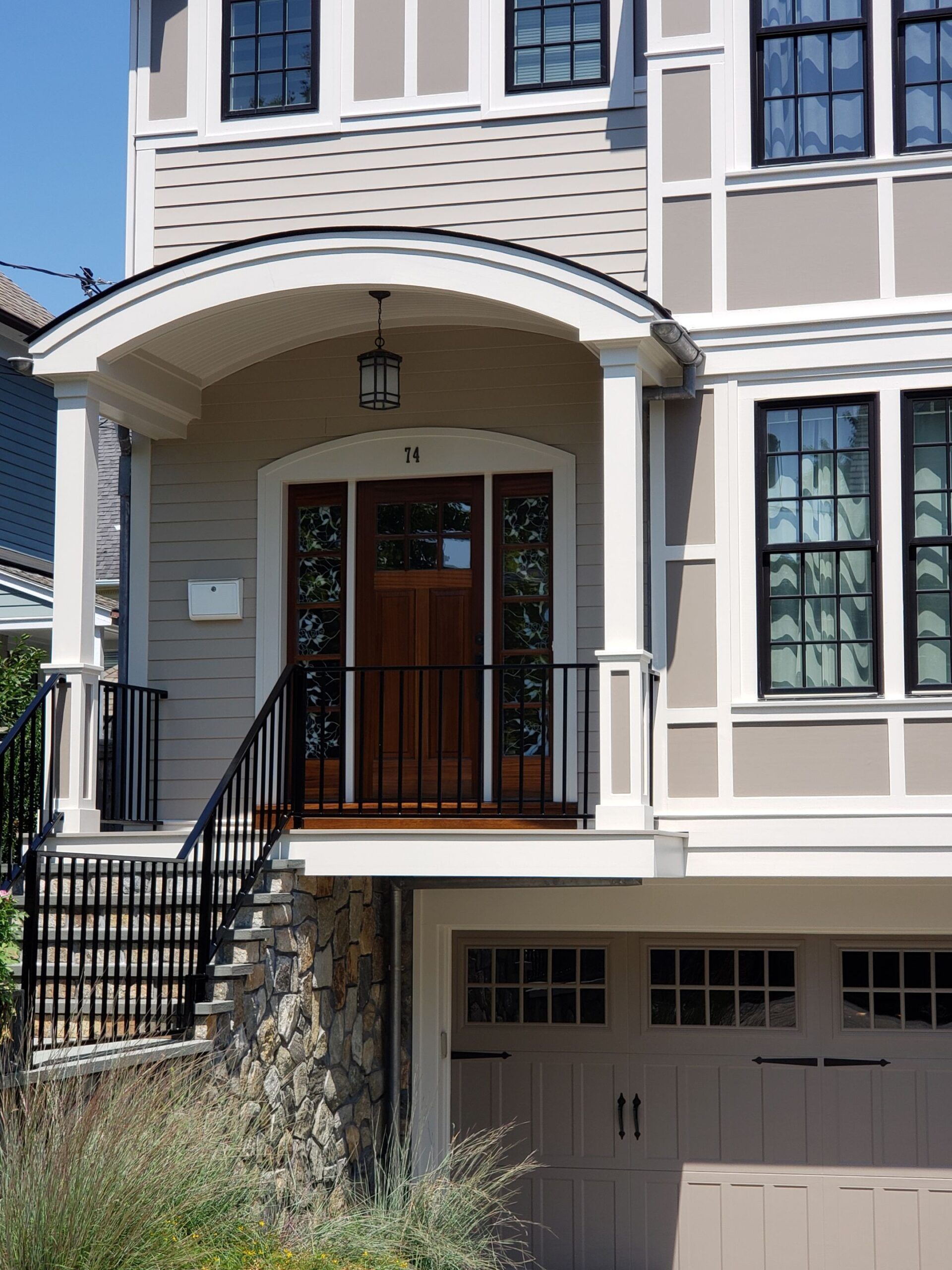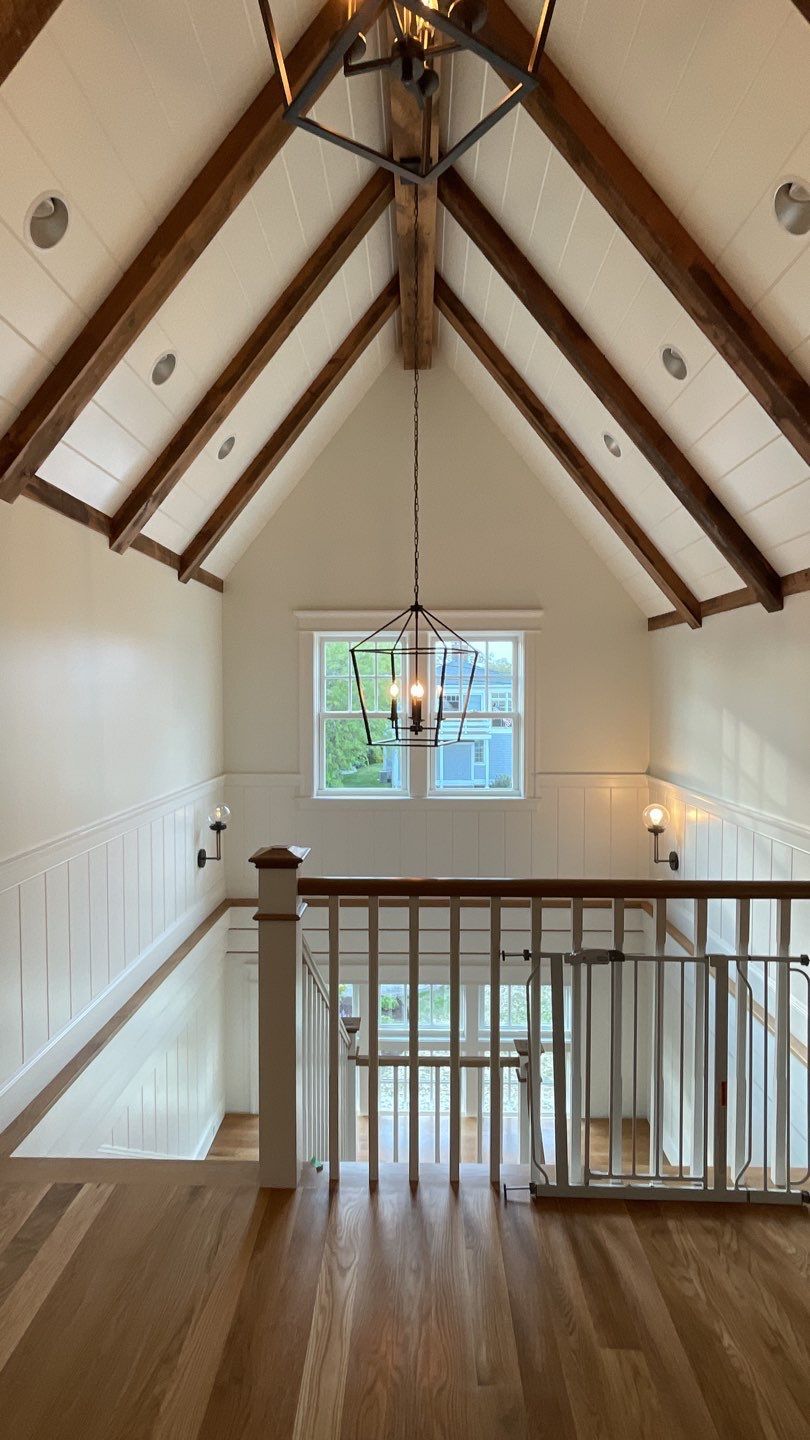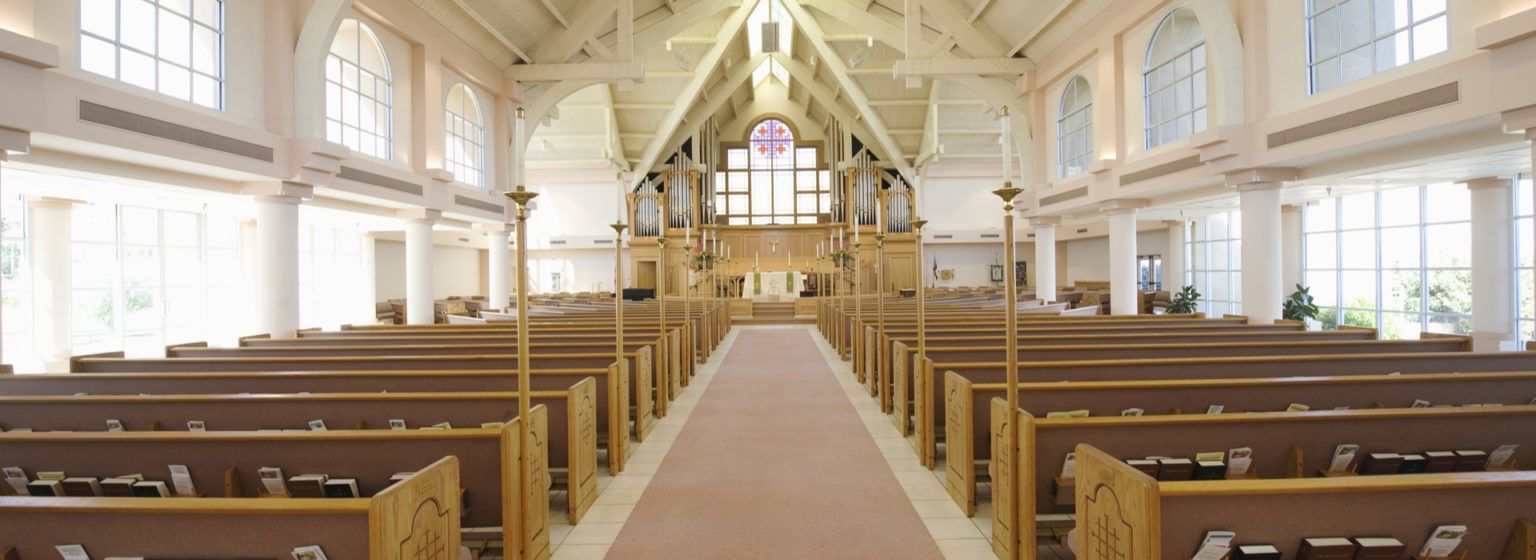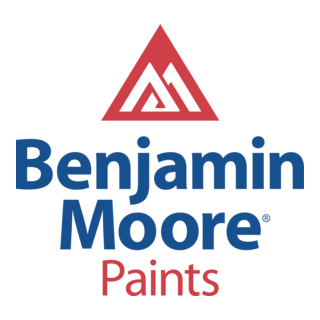Can Liquid Applied Rubber Roofing Be Put on Existing Roofing or Shingles?
When most of us think of roofing, we typically think of the tedious and often dangerous process of standing atop a tall building for hours nailing down shingles.
What you may not have realized, however, is that there are a number of different options for how to put a roof over your business. One of the increasingly popular options is applied rubber roofing.
The next time your roof needs an update, consider liquid applied rubber. Here is what you need to know.
Understanding and Adding Liquid Applied Rubber
What Is Applied Rubber Roofing?
Applied rubber roofing is a thick coat of rubber that can be quickly and easily applied to the surface of your building’s roof with a roller or professional-grade sprayer.
Liquid rubber is usually referred to as “instant set” because it dries very quickly and takes shape immediately.
The application process is very similar to painting and can be completed much more quickly than a typical roofing job involving shingles.
Why Use Applied Rubber?
There are a number of benefits to using applied rubber roofing for your next home or building improvement project.
From a practical standpoint, using liquid applied rubber can save you a great deal of time and money on labor costs. Applied rubber is also a much lighter-weight option for roofing. Rather than heavy shingles that weigh down the structure of your building, applied rubber is a lightweight coating that spreads evenly across the surface.
Color choices for applied rubber can also make rubber roofing an energy-efficient choice. If you live in a warmer climate, you can choose a white coating to reflect the sun’s rays and lower cooling costs. Conversely, you can opt for a black roof if you want to retain heat and lower the costs to heat your building.
How Can I Use This on My Existing Roof?
If all this sounds enticing, you may be ready to call your local exterior painting services provider. There are, however, a few things you need to consider first.
Liquid rubber roofing isn’t for all roof types. This commercial roof coating can be applied to most flat-roofed commercial buildings and manufacturing plants, and it is not suggested for use over surfaces like wooden shingles.
If you’re still wondering whether rubber roofing can be applied to your building’s roof, the best way to find out is by talking with the experts.
Even if using rubber roofing isn’t the best choice for your buildings, contact experienced professionals like those at ELCO Painting.
These experts are more than just interior painting service providers, and they’ll be able to quickly evaluate the status of your roofing and help you devise a plan for the most efficient and cost-effective way to replace or repair it.
To ensure that you’re keeping tabs on the condition and aesthetic quality of all parts of your business, ELCO Painting is the perfect choice for painting companies in RI and Southeastern Massachusetts. Let our experienced carpentry, interior painting, and exterior painting professionals bring your design dreams to life.
Give us a call (401-295-2201) or contact us online today to see how the ELCO Painting difference can work for you.
